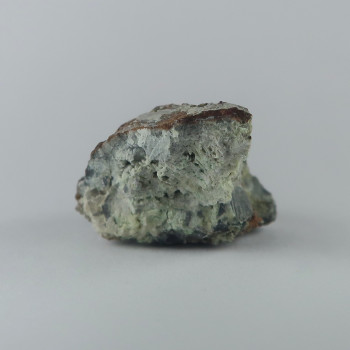Montgomeryite
Montgomeryite is a rare phosphate mineral that typically forms as small, prismatic crystals or in granular to fibrous aggregates.
Showing the single result
Information about Montgomeryite
Montgomeryite is a rare phosphate mineral that typically forms as small, prismatic crystals or in granular to fibrous aggregates.
Its most distinctive feature is its bright green to blueish-green colouration, although it can also appear in shades of pale green, yellowish-green, or even reddish hues depending on trace element inclusions.
Uses and History
Due to its rarity, Montgomeryite has limited commercial applications. Its primary value lies in its role as a collector’s mineral and as a specimen for scientific research in mineralogy and crystallography. It is highly prized by mineral collectors for its vibrant colors and well-formed crystals when available.
Named after Arthur Montgomery, an American mineralogist who collected the first specimens.
The type locality for montgomeryite is Clay Canyon, Fairfield, Sunshine Mining District, Utah County, Utah, USA, where it was discovered within a Variscite nodule.
Mineralogy
Dark to light green, colourless, red, yellow – may be colour zoned.
Hazards and Warnings
Mineral collectors should wash their hands after handling specimens, to avoid any exposure to potential toxins.
Almost all rocks, minerals (and, frankly, almost all other substances on earth) can produce toxic dust when cutting, which can cause serious respiratory conditions including silicosis.
When cutting or polishing rocks, minerals, shells, etc, all work should be done wet to minimise the dust, and a suitable respirator or extraction system should be used.
Translations
Arabic:
Hindi:
Portuguese:
Bengali:
Indonesian:
Punjabi:
English:
Italian:
Russian:
- Монтгомериит
French:
Japanese:
Spanish:
- Montgomeryit
German:
- Montgomeryit
Korean:
Thai:
Gujurati:
Mandarin Chinese:
Urdu:

